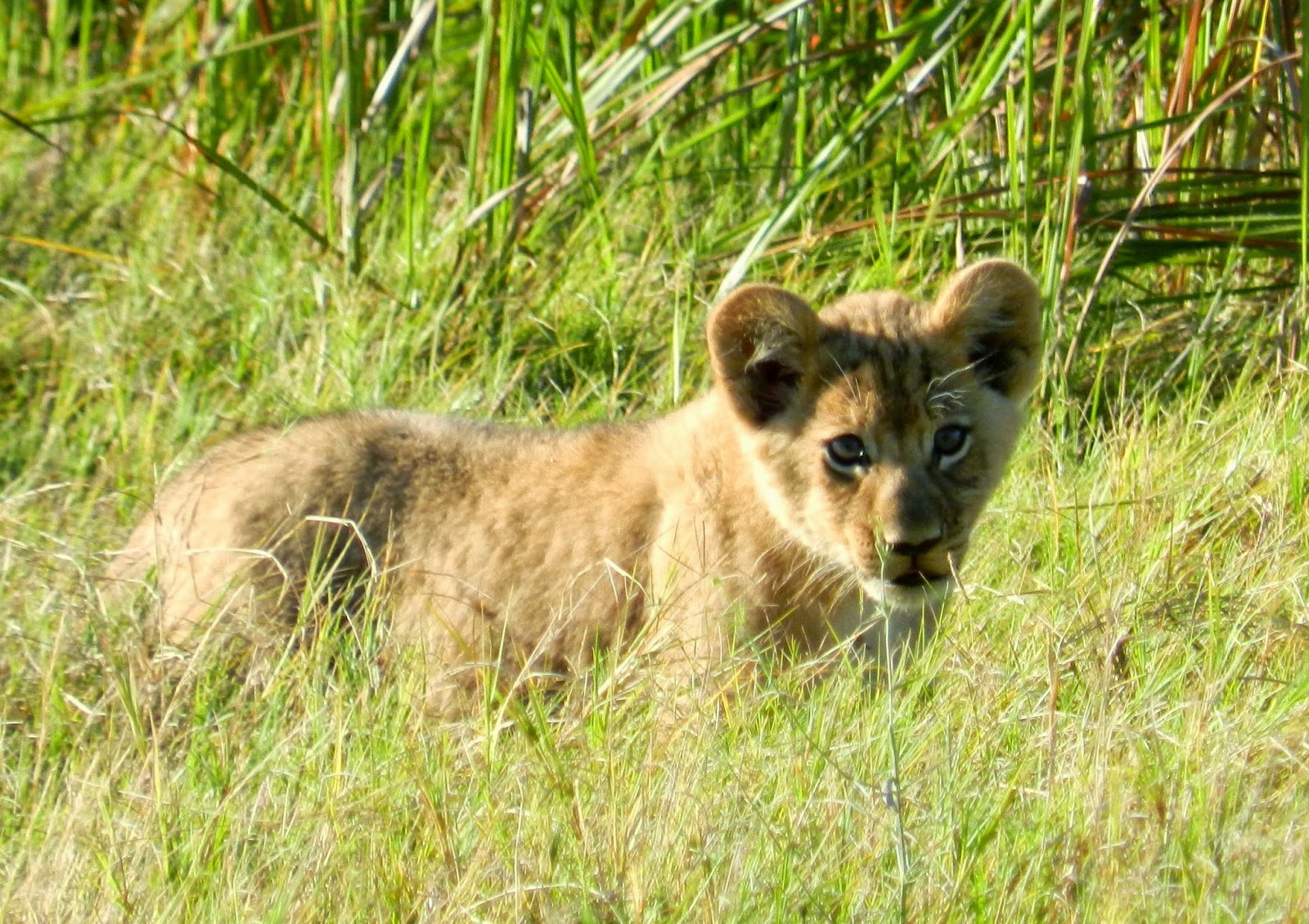 |
| the Okavango Delta from our plane |
We visited 3 camps in Botswana's
Okavango Delta in order to see different ecosystems and check out the camps.
First was Kwara Camp, a
"wet" camp since it is right in the middle of the Delta where rising
water in the late fall and winter fills the shallow channels and countless
lagoons, creating pockets of low islands that harbor the animals until the
floods recede.
It takes several months
after the full flourish of the rainy season for the Delta to fill up as rivers
carry the water to the Delta, but there is a lot of water all the time.
During the flooded season, many of the roads
are impassable (and they're nearly so all year round) and boats become a common
conveyance.
 |
| Rivers of the Delta |
All of Botswana is flat, as you can
see flying from place to place.
So, the Delta's
ponds, rivers and channels are also flat and shallow.
The islands where all the animals live during
the winter are only a few yards higher than the water.
In this environment, even the large cats,
which don't really like water, learn to swim as cubs so they can move from
place to place.
 |
| A lagoon in the Delta |
Kwara Camp is one of 2 small camps
(the other is Little Kwara) in the 375,000 acre Kwara Concession, so there are
only 3 vehicles at a time in any one part of the Concession and very few
people.
The camps in total can house 26
guests.
Unlike East Africa or the Chobe
National Park in the north of Botswana, where you will find as many as 30
vehicles around a lion or leopard, here you are in blissful peace with the
animals and can watch them for as long as they'll tolerate your presence before
running off into the bush.
 |
| The Kwara River in the late afternoon |
 |
| Sunset over the Kwara River |
The camp is in a wonderful location,
with a superb staff and excellent game viewing, but the tents are small and
need updating.
Because there are fewer
animals here than in the grasslands, you don't see the immense numbers of
animals you see in Kenya and Tanzania.
Nevertheless, we saw 2 prides of lions and a group of 3 large males, at
least 150 elephants scattered over the concession, lots of antelope of many
kinds and dozens of Southern Giraffes.
Our last night, we saw a Serval Cat, which is nocturnal, small and
rarely seen.
And the birds are plentiful
and beautiful.
 |
| The elusive Serval Cat |
All night, we were surrounded by the
sounds of lions roaring, hippos grunting and a wonderful little frog, nicknamed
the Bell Frog, singing.
The frogs sing
in several different notes, sounding like bells chiming.
Each note is for a different communication,
from mating to warnings.
It is like
listening to tiny bells tinkling in the dark.
 |
| Banyan tree at twilight |
 |
| Water lily amidst the reeds |
We arrived at the camp in time for
an afternoon game drive and first went in search of a pride of 2 lionesses and
5 cubs that had killed a baby giraffe that morning.
The rest of the guests in the camp had all
watched as the pride killed the giraffe, only a few days old, with its
umbilical cord still attached.
I'm glad
I wasn't there--a wildebeest or zebra I could stand, but a baby giraffe. . . .They
said it was awful to watch.
Some
cried.
The mother giraffe, who had
gestated the baby for 15 months, was completely frantic and helpless as the
lions surrounded her baby.
But, the lion
cubs were only 3 months old and they had to eat to survive.
Life in the wild is not kind.
A quick sighting was a Honey Badger,
a beautiful black and white animal that looks a bit like a large skunk without
the foul smell and bushy tail.
They are
also rare and our view was fleeting as he skittered under a dense bush and out
of sight.














No comments:
Post a Comment